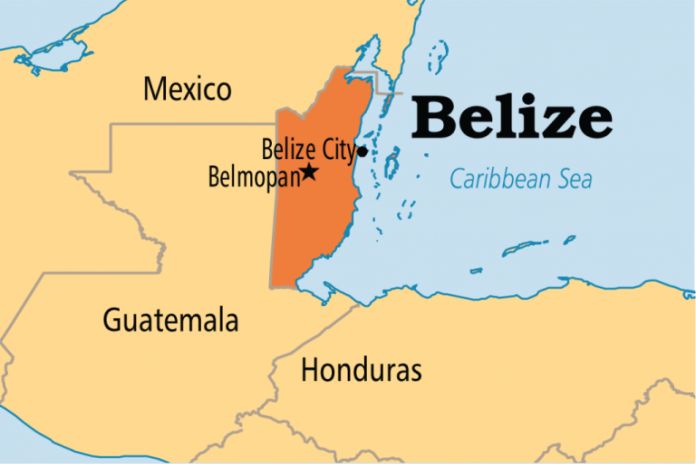Dear Sir
When the other countries in Latin America were involved with agro-industries and fending for themselves according to their mother countries, Belize, from the Hondo to Sibun, was only engaged for 200 years in the extraction of logwood and mahogany.
Narda Dobson, in a History of Belize, published by Longman Caribbean Ltd in 1973, states, “The Treaty of Versailles of 1783, the relevant Article-6, was most unsatisfactory… Its limits were southwards to the Sibun from the Hondo; mahogany and all other timber could be cut…but no sugar, cocoa, or other plantations established… However, no fortifications of any kind were permitted, and no system of government could be set up without Spanish approval. This clause was to bedevil the administration for the next eighty years. Twice a year a Spanish officer, accompanied by an English one was to make a tour of inspection to see that the treaty was enforced.”
After Christopher Columbus came upon this part of the world, Spain, Portugal, and Britain divided up the Western Hemisphere (with Alexander the Pope giving his approval and being a witness). Spain took over practically the Western Hemisphere, with the exception of Brazil, which went to Portugal. Britain fought for the West Indies.
When Spain controlled Latin America from Mexico to Argentina with governors and haciendas they taught them about agriculture, but Britain was only interested in logwood to export to Britain. The little colonies it controlled (Jamaica et al — timber and sugar) were not engaged in agro-industries and basic farming, which were prohibited by the Treaty of Versailles of 1793.
The British took the blacks from Jamaica and brought them to Belize to manage the timber cutting. The British governor, financial secretary and conservator of forests (the executive council) controlled an area that started from the Hondo, passed the Sibun River and reached Sarstoon River.
The Creoles from Belize City called the Spaniards up in the Corozal and Orange Walk districts “yellow belly panya” and the Garifuna people salt head kerobi.” According to the volume, Island in British Honduras, the Mayas came from the Peten and Alta Verapaz to work at Kramer’s Estate in Toledo.
By this time firms like Young & Toledo and British Honduras Company, which later became the Belize Estate and Produce Company, had virtually all the land available in Belize.
Alejandro Vernon, JP





